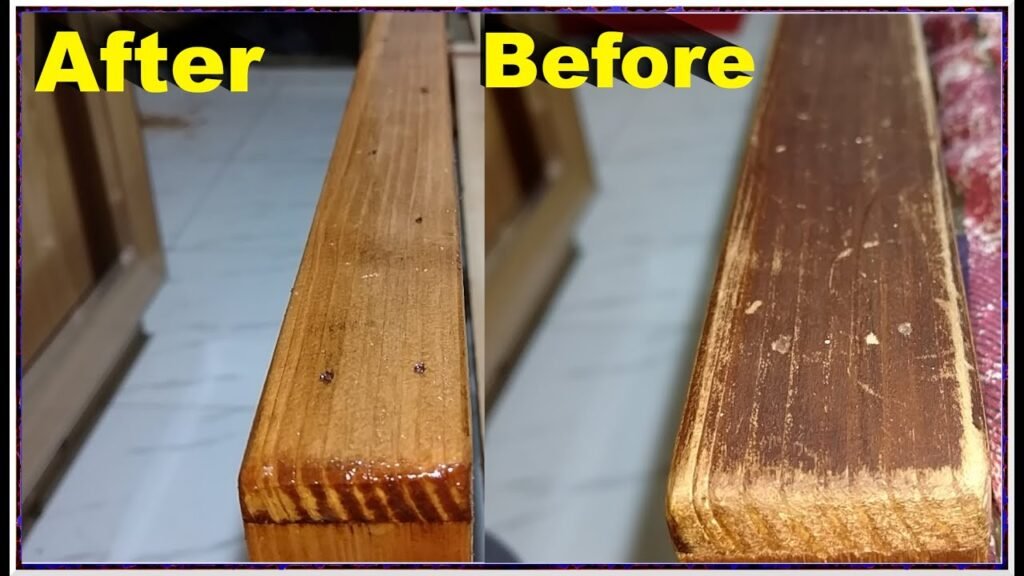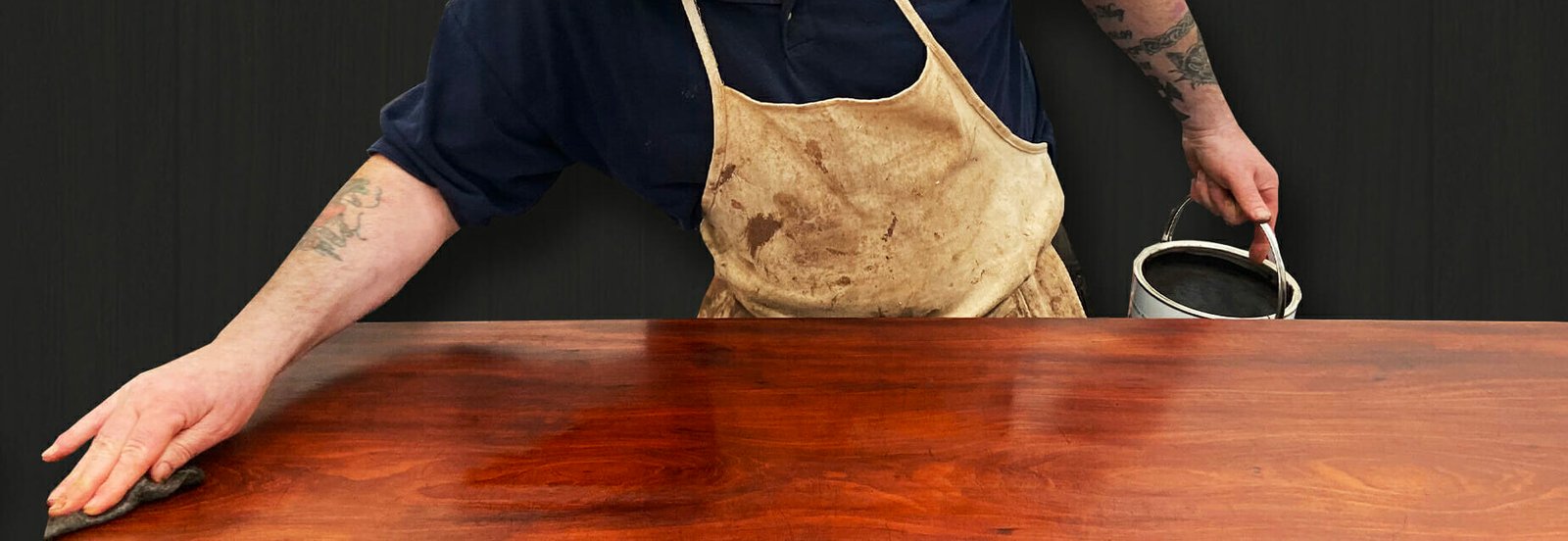
How to Polish Timber Furniture
Polishing timber furniture is essential to maintain its natural beauty, protect the surface, and extend its lifespan. With the right techniques and materials, you can easily restore the wood’s shine and keep it looking fresh and vibrant. Here’s a clear, step-by-step guide on how to polish timber furniture effectively.
Why Polish Timber Furniture?
- Enhances the natural grain and color of the wood
- Provides a protective layer against dirt, moisture, and scratches
- Helps maintain a smooth, clean surface
- Restores dull or worn finishes
What You’ll Need
- Soft, lint-free cloths (microfiber or cotton)
- Mild soap or wood cleaner
- Furniture polish (natural wax, oil-based polish, or commercial wood polish)
- Fine steel wool (optional, for tough spots)
- Gloves (optional, to protect your hands)

Step-by-Step Guide to Polishing Timber Furniture
1. Clean the Surface
Begin by removing any dust, dirt, or grime. Use a soft cloth dampened with mild soap and water or a specialized wood cleaner. Wipe gently and avoid soaking the wood. Dry thoroughly with a clean cloth to prevent moisture damage.
2. Inspect the Furniture
Check for scratches, water marks, or dull areas. If needed, gently rub tough spots with very fine steel wool, always following the wood grain to avoid damage. Wipe away any residue.
3. Choose the Right Polish
Select a polish suitable for your furniture’s finish:
- Natural wax or beeswax polish for traditional protection and a soft sheen
- Oil-based polish to nourish and deepen the wood grain
- Commercial wood polish for convenience and quick shine
4. Apply the Polish
Using a clean, soft cloth, apply a small amount of polish to the furniture. Work in small sections, rubbing in circular motions or following the wood grain, depending on the polish type. Avoid over-applying as it can cause buildup.
5. Buff the Surface
After applying polish, use another clean, dry cloth to buff the surface gently. This removes excess polish and brings out a smooth, glossy finish. Buffing in the direction of the wood grain enhances the natural pattern.
6. Repeat if Necessary
For older or very dull furniture, a second or third application might be needed to achieve the desired shine. Allow the polish to dry between applications.
Tips for Maintaining Polished Timber Furniture
- Dust regularly with a soft cloth to prevent buildup
- Avoid placing furniture in direct sunlight or near heat sources to protect the finish
- Use coasters and mats to prevent rings and heat damage
- Re-polish every few months or as needed depending on use and environment
Final Thoughts
Polishing timber furniture is a simple yet rewarding way to keep your pieces looking elegant and well-cared-for. Regular polishing not only enhances beauty but also strengthens the wood’s defense against everyday wear and tear. With the right approach, your timber furniture will remain a stunning feature in your home for many years.




